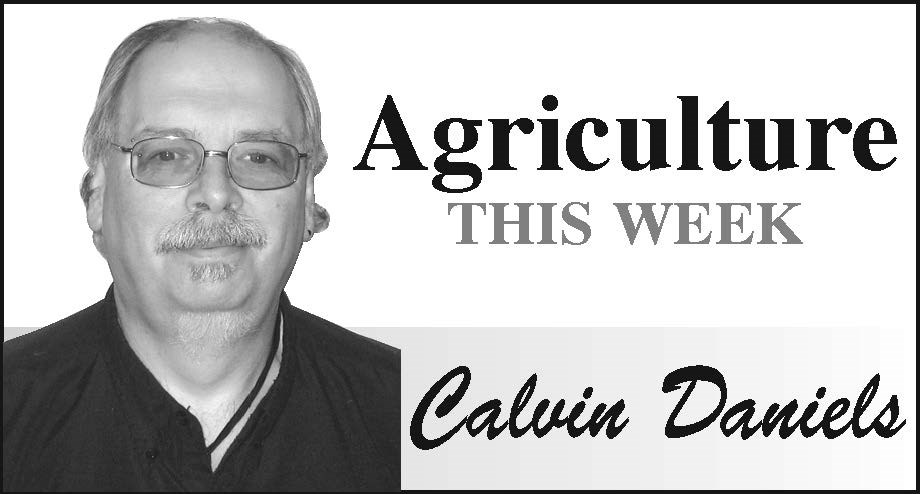Buried in the usual rhetoric of a federal Throne Speech, amid the multi-faceted response to the ongoing COVID-19 pandemic, was an interesting kernel of an idea put forward by the Liberal government.
In the Speech the Liberal government pledged further support for the food value chain, which is a rather clear response to COVID.
But, the direction Agriculture Minister Marie-Claude Bibeau has suggested is of greater interest; exploring how to make Canada’s food more autonomous.
Heading down such a path is interesting in that its impact could extend beyond С����Ƶ a response to the pandemic.
The world has changed in recent years in terms of trade.
It was not so long ago there was a rather general belief that freer trade was a positive.
From a Canadian agriculture perspective the idea of freer access to markets is obviously a positive generally as producers here can over produce domestic needs rather easily, making export sales essential.
In more general terms it makes sense that you allow the lowest cost produce to produce and sell into other markets if all other things are constant, such as worker safety.
But that view has dimmed recently.
Countries are increasingly protectionist of late, with the United States perhaps С����Ƶ the poster country for the change.
However, the U.S. is not alone with global trade battered by the pandemic with several countries abandoning rules-based trade.
So, increased self-sufficiency as Bibeau has suggested is not a bad idea.
Of course changing where Canada’s food comes from will not be easy.
We are tied into trade deals, including with the increasingly protectionist US, a situation which is likely to increase should Donald Trump be returned for a second term as president in November.
There is also a concern from many over supply-managed sectors; dairy and poultry, in Canada, and certainly with trade partners, even though it ensures Canadian producers see a return on cost-of-production.
Of course the counter to that is, at least among a segment of consumers, increased interest in locally sourcing food. The 100-Mile Diet, eating food grown within 100 miles of their residence, is a prime example.
There are also those who feel it is important to support Canadian producers by buying food produced and/or processed here. This too is not a new idea. Stateside there has been a push for ‘Country of Origin Labelling’, which has never been good from the perspective of Canadian producers, so the sentiment certainly has two sides.
As for the federal government’s apparent initiative regarding self-sufficiency it will come down to looking at the rules, the regulations, the red tape of food production, to simplify where safe to do so to promote Canadian food for Canadian tables.
Calvin Daniels is Editor with Yorkton This Week.




